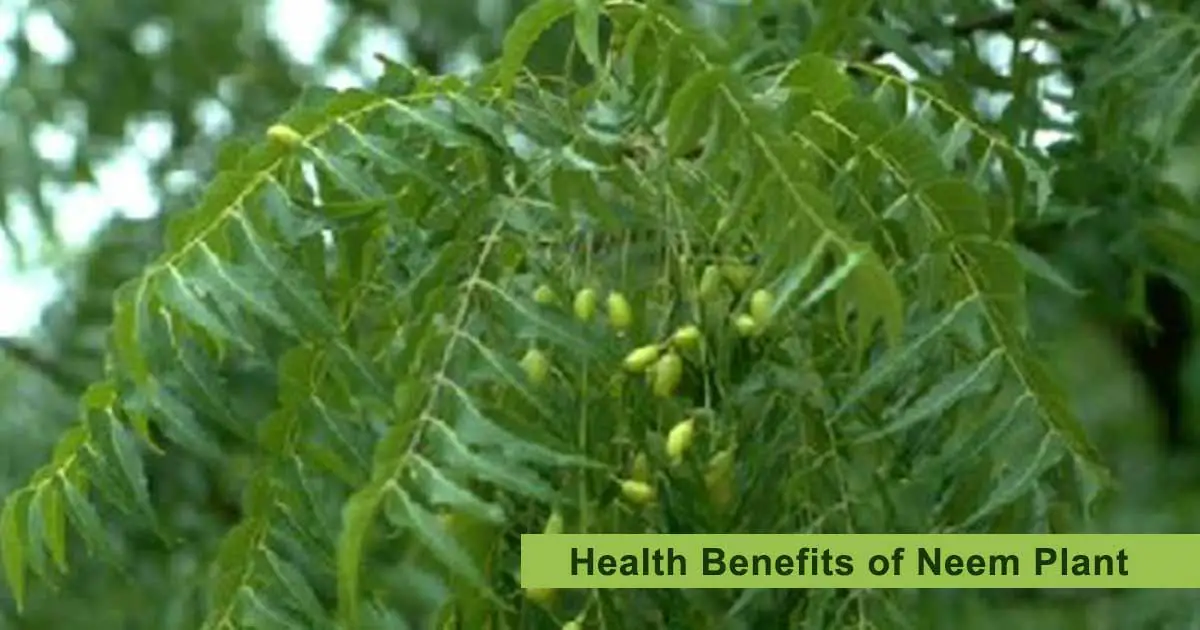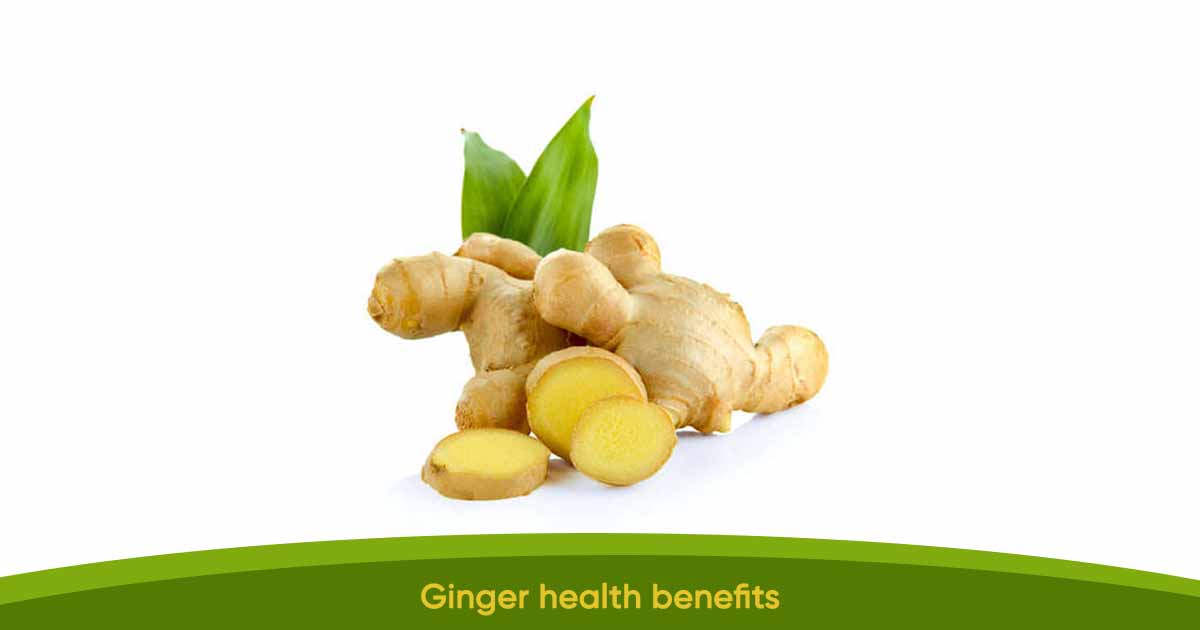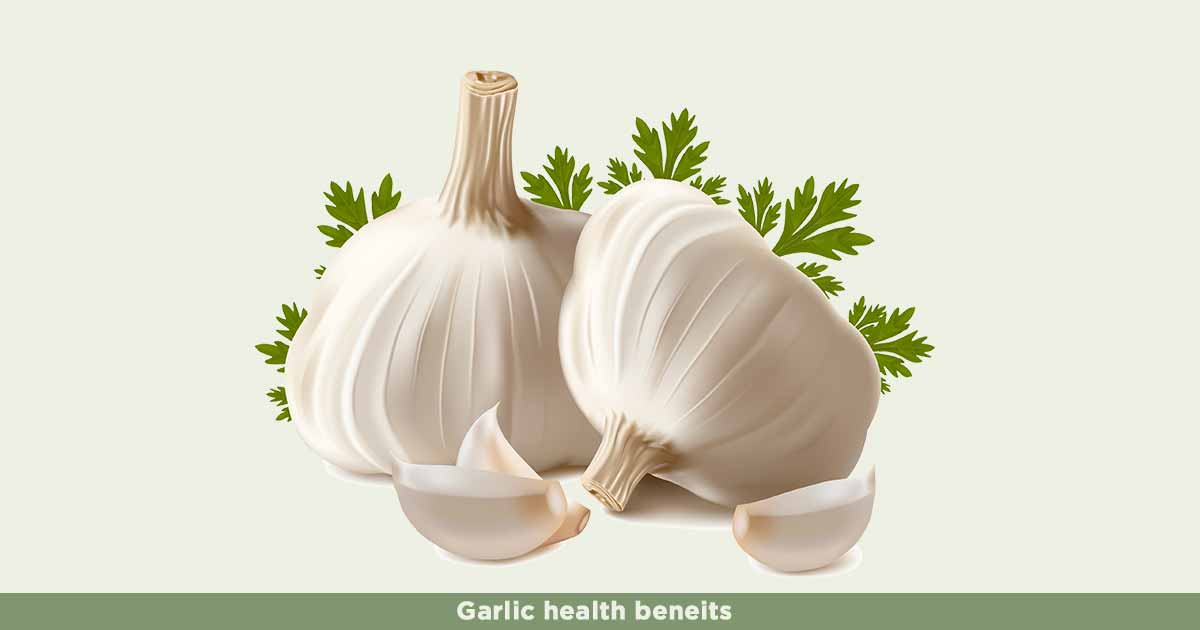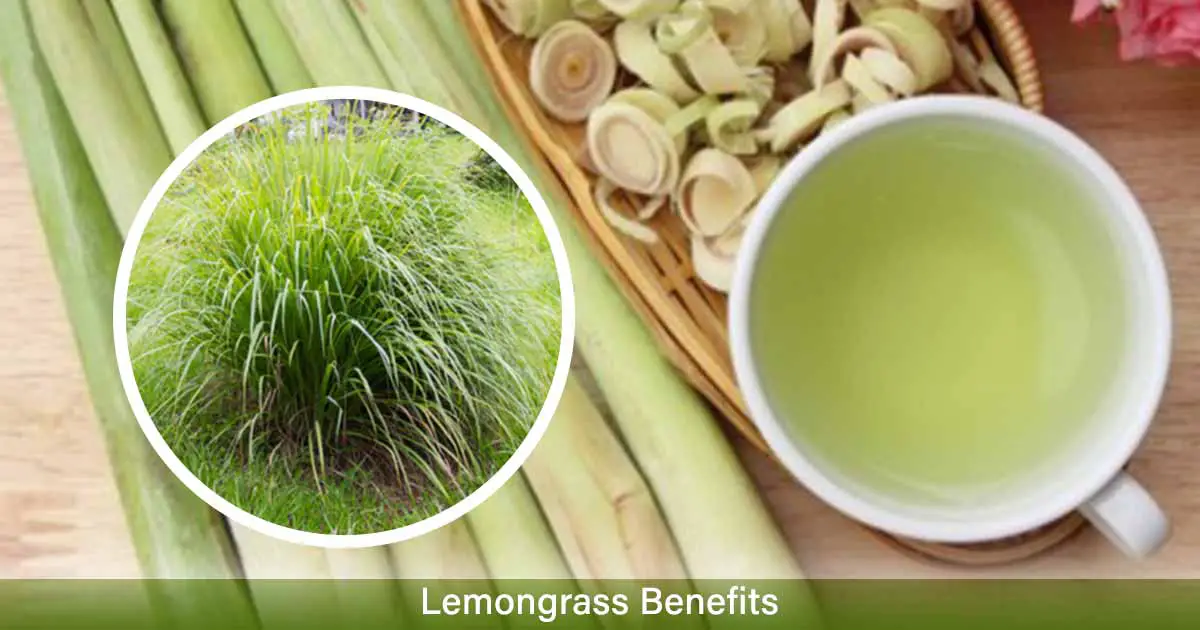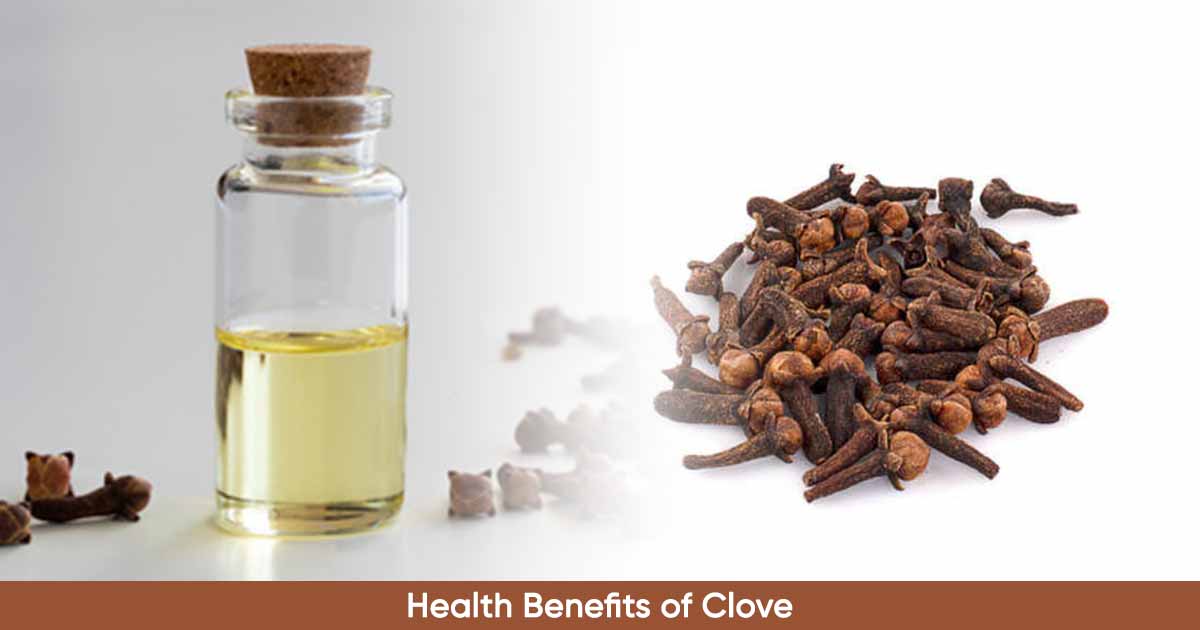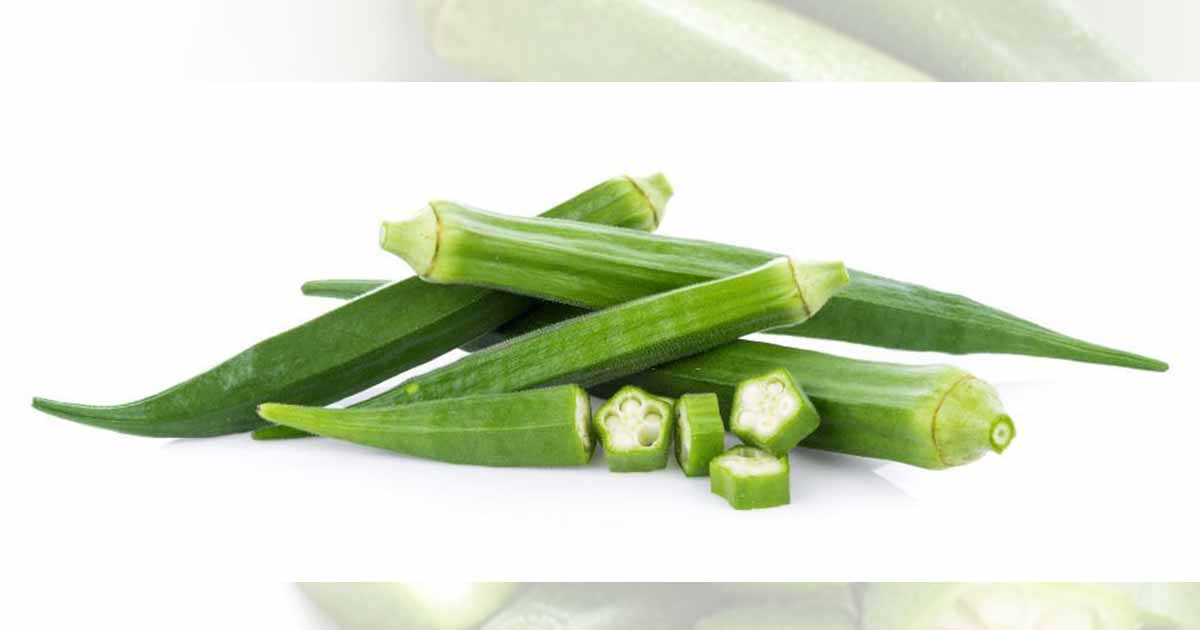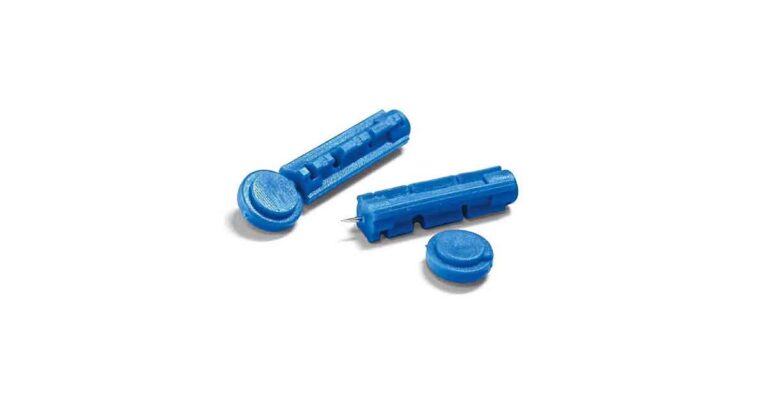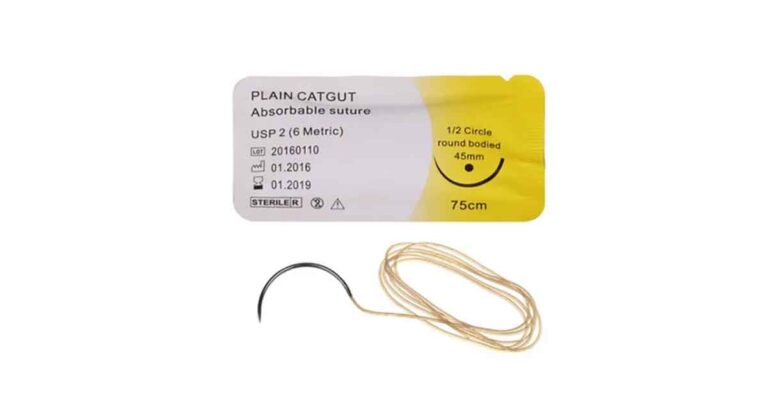Neem plant is a plant of the family Meliaceae. The botanical name is Azadirachta indica. The tree is tall, and sometimes medium-sized in some places. It produces evergreen leaves. The plant originates from the Indian subcontinent. Neem is sometimes confused with Melia azedarach, a plant native to Asia that has been introduced to the tropics. Neem plant is drought resistant, and for this reason, it grows in the arid region, West and Central Africa.
This plant serves as an ornament. There are other names given to neem plant such as margosa tree, Indian lilac tree, bead tree, holy tree. In Africa, other names are “muarubaini” in Swahili, “dogon yaro” in Hausa, “aforo-oyinbo” in Yoruba, “zanzalacht” in Arabic.
Neem plant contains a tremendous amount of bioactive elements that are of therapeutic effect. The compounds are grouped into isoprenoids and others. The seed and leaves have the highest concentration of the active metabolites.
Importantly, the neem plant leaves, flowers, root, bark, seed, flower are part of insecticide formulation. The formulation is in powder, aqueous extract, ethanol extract, or crude oil extract forms.
Constituent of the Neem Plant
All the parts of the plant are bitter and are composed of nimbin, nimbidin, nimbinin desacetylnimbin, and other structurally related compounds. The bitter components are found in larger quantity in the seed oil (45%) and leaves (25%). Salannolide is the bitter constituent of the neem seed oil.
The gum called lavones, is a good emulsifying agent and has constituents such as amino sugar (D-glucosamine), amino acids, dipeptides, simple sugars (fructose, mannose, rhamnose, xylose), uronic acid.
Simple flavonoids, such as kaempferol and quercetin, are present in the flower. Carotene and Vitamin C are also present in good quantity in the plant. Neem also contains tannins, coumarins, proteins and carbohydrate.
| Compounds | Source in Neem Plant |
| Mahmoodin | Seed oil |
| Nimbin | Seed oil |
| Azadirachtin | Seed oil |
| Nimbolide | Seed oil |
| Gedunin | Seed oil |
| Nimbidin | Seed oil |
| Limonoid | Leaf extract |
| Margolone | Seed oil, stem back |
| Cyclic trisulphide | Seed oil, leaves |
| Gallicacid, epicatechin and catechin | Bark |
| Cyclic trisulphide and cyclic tetrasulphide |
Leaf |
| Margolone, Margolonone and isomargolonon |
Bark |
| Polysachharides (G1A, G1B, G2A, G3A) | Bark |
Neem Oil
Nimbidin, a bioactive element is extracted from the oil of the seed kernel. Nimbidin contains other elements such as nimbolide, nimbin, nimbidic acid, nimbinin, nimbidinin. Nimbidin has anti-inflammatory, and hypoglycaemic effect on experimental rabbit. It also has anti-ulcer activity. Nimbolide has anti-malarial and anti-bacterial action.
Neem oil has anti-bacterial activity against a number of bacteria such as E. coli, Enterococcus faecalis, M. tuberculosis, S. aureus, S. typhi, K. pneumonae, Streptomycin resistant strains, etc.
Neem Tea
Neem tea is a weak infusion made from the powdered whole or dried leaves of the neem plant. They mask the bitterness with green, vernonia or black tea. Other ingredients may be used. Neem tea can serve as detox tea. It has antioxidant, anti-diabetic, antiviral, and antibacterial properties.
Neem tea is mostly served hot, but can be taken chilled. It is not recommended in pregnancy.
Health Benefit and Uses of the Neem
Neem plant has a wide range of health benefits according to researches.
1. Analgesic effect: The extract from the plant possesses analgesic, anti-pyretic, and anti-inflammatory action. They use tincture of the leaves in India to treat muscular pains, bruises, sprain. Also, a weak infusion of the bark has antipyretic action. The constituent, nimbidin, has anti-inflammatory, and anti-arthritic effect.
2. Anti-infective action: The neem oil has a broad-spectrum antibacterial activity against many bacteria, as explained earlier. Methanol extract of Azadirachta indica has activity against Bacillus subtilis. Nimbidin has anti-fungal action against Tinea rubrum.
3. Dental Health: A product with extract from the bark is used for dental formulations to treat dental carries and inflammation of the mouth. Extracts and powdered portion of the plant are being used for toothpastes, powders. Since neem leaf extract has anti-bacterial action against Enterococcus faecalis, Candida albicans, it can be used as an endodontic irrigant.
4. Ulcer healing: Bark extract of neem has antioxidant effect. Nimbidin can decrease basal, histamine, and carbachol-stimulated gastric acid output. They exhibit an antihistaminic effect by blocking H2 receptors, hence the anti-ulcer effect.
5. Anti-HIV effect: Neem leaf fractionated extract can increase CD4+ count in people living with HIV/AIDS according to a study.
6. Anti-malarial activity: Decoction of the leaves of the neem is used traditionally to treat malaria. In an experiment with laboratory mice, the decoction reduced the parasite count in chloroquine-sensitive strains of Plasmodium berghei while also inhibiting Plasmodium falciparum growth.
Even though there is a brief insight into the mechanism of action, the anti-malarial activity is said to be equivalent to half the therapeutic dose of chloroquine sulfate. Neem seed extract is effective against both asexual and sexual stages of chloroquin-resistant and sensitive strains of P. falciparum.
Irodin A, an element from the leaf of the plant, is toxic to malaria causing strains.
In the use of neem for treatment of malaria locally, the leaves, roots and stem bark are cut into small pieces and put inside a container with water to macerate for days. You can use the hands to press out the fluid from the marc. Some people use hot water or alcohol to prepare the extract.
An alternative therapy, steam treatment is prepared using Azadirachta Indica (Neem), Cymbopogon citratus (lemon grass), Psidium guajava (guava), Mangifera indica (mango), and Hyptis suavelens. The patient is covered with a blanket and made to inhale the steam from the boiling pot of these herbs.
7. Treatment of several ailments: The neem oil which is got from the seed can treat hemorrhoids, jaundice, and peptic ulcers. The fruit can serve as a laxative, and treat urinary infection, intestinal worm infection.
The fruit juice can help to eliminate boils, skin diseases, jaundice and glandular swelling. They can use the dry flower as a tonic to improve the appetite and digestion, and to treat eczema.
8. Anti-fertility: Neem plant may have anti-fertility action on males. This is based on the result on experiment with male rat. The neem leaf powder decrease sperm motility, sperm density and causes structural changes to Leydig cells and seminiferous tubules.
9. Insect Repellant: Studies have proved that compounds from neem have potent insect repellant effect. The effect is even more effective than that of the widely used insecticides such as Dichlorodiphenyltrichloroethane (DDT), hexachlorocyclohexane (B-isomer) (HBC), and carbamyl. It is not carcinogenic as other repellants.
Azadirachtin is a powerful insect antifeedant that can disrupt methamorphosis in moth larvae. Also, it can control argulus, an ectoparasite in ornamental fish.
Toxicity of Neem
Neem may cause toxicity to the liver. The hepatotoxicity is attributed to the nonpolar extract, while the aqueous dosage form is considered safe. Neem toxicity causes drowsiness, vomiting, metabolic acidosis, encephalopathy symptoms associated with Reye’s syndrome. Some elements in the neem plant are cytotoxic.
They observed the toxicity at high doses and chronic use, but it is generally safe and tolerated in most users.

